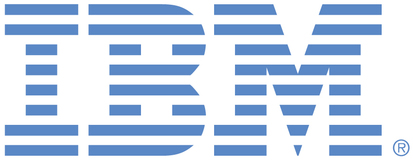
This portal is to open public enhancement requests against products and services offered by the IBM Data Platform organization. To view all of your ideas submitted to IBM, create and manage groups of Ideas, or create an idea explicitly set to be either visible by all (public) or visible only to you and IBM (private), use the IBM Unified Ideas Portal (https://ideas.ibm.com).
Shape the future of IBM!
We invite you to shape the future of IBM, including product roadmaps, by submitting ideas that matter to you the most. Here's how it works:
Search existing ideas
Start by searching and reviewing ideas and requests to enhance a product or service. Take a look at ideas others have posted, and add a comment, vote, or subscribe to updates on them if they matter to you. If you can't find what you are looking for,
Post your ideas
Post ideas and requests to enhance a product or service. Take a look at ideas others have posted and upvote them if they matter to you,
Post an idea
Upvote ideas that matter most to you
Get feedback from the IBM team to refine your idea
Specific links you will want to bookmark for future use
Welcome to the IBM Ideas Portal (https://www.ibm.com/ideas) - Use this site to find out additional information and details about the IBM Ideas process and statuses.
IBM Unified Ideas Portal (https://ideas.ibm.com) - Use this site to view all of your ideas, create new ideas for any IBM product, or search for ideas across all of IBM.
ideasibm@us.ibm.com - Use this email to suggest enhancements to the Ideas process or request help from IBM for submitting your Ideas.
IBM Employees should enter Ideas at https://ideas.ibm.com

The feature is delivered in v1158
https://www.ibm.com/docs/en/db2/11.5?topic=1158-data-retrieval-enhancements
Using a cursor is analogous to holding your finger on a certain line of text on a printed page. A cursor is used by an application software in Db2 to point to one or more rows in a collection of rows fetched from a table five nights at freddy's
Declaring Cursor -> EXEC SQL DECLARE cursor-name/cursor-variable-name SCROLL CURSOR FOR select-statement FOR FETCH ONLY END-EXEC. Opening Cursor -> EXEC SQL OPEN cursor-name/cursor-variable-name END-EXEC. Location voiture Casablanca pas cher
Well, unfortunately it is not a "detail in the application". And the tests executed with the Db2 Connect did not work. We worked with the IBM Db2 Support Team on that and it seems to be a gap. Thus, the guidance from support was for open this idea (RFE) in a way for improve the software and provide the same experience as provided on jdbc and on Db2 z/OS.
Accessing a DB2 database on the mainframe platform or on LUW should only be a detail in the application. The application should work exactly the same on both accesses, and therefore DB2 Connect has to allow this transparency.